 Originally published October 22, 1993, in Comics Buyer’s Guide #1040
Originally published October 22, 1993, in Comics Buyer’s Guide #1040
Both Rob Liefeld and the fans have had an opportunity to respond to my column on giving credit where credit is due. Let’s see where we stand.
To briefly recap: The notion of who created Cable came about when I used that character as one of several illustrations in outlining the (admittedly tongue-in-cheek-named) WACKO theory of creation. The conclusion I came to was that Cable was a group creation that has ultimately become directionless and one-note and that the creator in this instance was Marvel Comics. I did, however, acknowledge the involvement of all concerned—most prominently Cable’s first visualizer, Rob Liefeld.
Rob replied that he was “a stickler for credit,” believing that credit should be given “where it’s due.” Based on that, he claimed sole creative credit for the character and insulted Louise Simonson while he was at it.
To show the world just what a strong credit giver Rob was, I wrote a column outlining a number of Rob’s art swipes, the type that are so blatant that the style of the page varies depending upon who he’s swiping. The swipes, obviously, were not credited. I also pointed out that Rob historically is not big on giving writers credit for anything unless it’s negative, as witnessed by his firing of friend Hank Kanalz after Youngblood #1, stating that it had been Kanalz’s dialogue which ruined the comic.
Rob responded that he was not swiping, but instead was “tributing” them… the first known use of the word “tribute” as a verb. He listed eight additional “tributes” to the two (one from Frank Miller’s Ronin, the other from a John Byrne Fantastic Four) that he tacitly admitted to, claiming that there were 10 total, making one for every 150 pages of his work. He likened it to DePalma’s “Hitchcock” riffs. He listed Byrne, Kirby, Miller and Perez as the definitive list of genius artists whom he has “tributed.” He ignored the question of Kanalz and writers entirely. Oh, and he still created Cable.
Now I could address the questionable semantics here and point out that Rob Liefeld calling art theft a “tribute” is like a bank robber calling his haul an “honorarium.”
I could point out the somewhat bizarre defense of hiding behind DePalma’s shameless usurping of Hitchcock and ask Rob whether he read any reviews of DePalma’s work, where he was mercilessly taken to task for a practice that film critics found to be deplorable.
I might even point out that his entire rationale proceeds from a false assumption: namely, that those to whom he was paying tribute necessarily appreciate said tribute. Now I haven’t spoken to Kirby or Miller, but Byrne seemed less than grateful (“He keeps picking the poses of mine that I hated,” said Byrne) and George Perez posted a message onto CompuServ excoriating the entire practice of swiping. That’s a 50% lack of support right there.
As for the notion that Rob has “tributed” only 10 ten times, the readers of But I Digress seem to have found differently.
There was a lot of overlap in submissions. I got more copies of Rob’s admitted swipe from New Teen Titans than I care to see again.
Another swipe that I got quite a few of, however, was one that was cited first in Marvel Year in Review. A depiction from G.I. Joe Yearbook of the character called “Roadblock” turned up again, right there on the cover of the Cable trade paperback (which one reader cattily suggested be renamed, in a parody of Youngblood: Strikefile, the Rob Liefeld Swipefile). The posing and linework is identical, right down to the shells draped around him. There is minute variance in the gun, but that’s all.
Surprisingly, Rob left it off his tribute list. For that matter, he left the artist, Michael Golden, completely off his list of acknowledged geniuses.
The devastatingly accurate eye of Stephen Boomgaard of Melville, N.Y., nailed more Perez New Teen Titans #39 art that Rob also mysteriously forgot. A panel of Boom Boom from X-Force #1 throwing a blast ball is an identical pose to Robin throwing a Batarang. (Feral’s pose on panel five of that same page also looks, to me, similar to a John Byrne illustration of the Human Torch from one of the previously-cited issues of Fantastic Four. That’s just off the top of my head, though. Verification is welcome. Maybe Rob will provide it.)
Frank Stone from Stockton, California, offers us two more. Frank writes, “What If? (second series) #7: In the midst of a frenzied fight scene, Black Widow delivers a flying kick to a bad guy. Trouble is, she looks just like she did in Elektra Saga #4…in that selfsame What If?, Wolverine dives downward with claws extended, ready to rumble—just like in Uncanny X-Men #134, penciled by John Byrne!”
But wait, you say! Little panels don’t count! You want to see…big panels! You got it, courtesy once again of Stephen “Boom Boom” Boomgaard. Stephen gives us, courtesy of—of all things—a Marvel Word Games book, a spot illustration of Iron Fist in action. The original source isn’t known, but it’s clearly John Byrne’s work. Perhaps under the assumption that, since Marvel can do it, he can do it, Rob copied it over for the frequently “tributed” Shatterstar in X-Force #6. The only difference is that in Byrne’s version, Iron Fist’s right fist looks slightly relaxed; in Rob’s, it’s turned forward and clenched. Look on the bright side, though: Maybe Byrne likes this pose better.
That’s six (counting the uncontested and aforementioned Doctor Doom swipe from the previous column). There were many more where the inspiration was clearly evident, but I was not as 100% sure as I was with these. Sometimes it’s a judgment call. Inking variations can alter the final look, for one thing. And if Rob and Todd are going to blow off the very similar “Wolverine” poses I cited, I wanted to make sure that the follow ups were indisputable… I happen to think these are.
As for Rob’s general view of writers—which, as noted, he made no effort to dispute—I offer the following letter from Joe Cavanaugh of Rome, N.Y.
“It really [annoyed me] to see Rob dismissing Hank Kanalz so casually, like he was just some guy off the street that big-hearted Rob gave a chance. He may not remember, but he and Hank had been friends for years, and Hank was involved with the development of the Youngblood series almost from the beginning.
“Back in 1985-87, Rob and Hank were in two apas [amateur press associations] together: TitanTalk and YHapa. In TT, they worked together on a Titans West team… then Rob started getting pro work and shopping around his first version of Youngblood, which he was set to do for Megaton. As Hank said in YHapa #22, Sept. 1987:
‘After the initial deal with Megaton dissolved, Rob approached me to dialogue the book for Malibu and to (formally) write up the proposal. (This) was the framework Rob gave me with my fleshing out certain character aspects and histories.’
“I’ve included a copy of part of that proposal. Note how, on the first page, Hank says, `Let me know what you think, Rob,’ which sure suggests that much of this background development was Hank’s. Note how each page carries the line `Material copyright 1987 Rob Liefeld and Hank Kanalz.’
“Granted, this isn’t exactly the version of Youngblood coming at us from Image. But that team clearly evolved from this one. Yet in Youngblood #1, Hank is just listed under dialogue, while Rob gets a solo ‘creator’ tag. Seems to me that Hank deserves at least some credit (there’s that word again) for the development of Youngblood. He sure as hëll deserves better than the way Rob brushes him off in that Hero interview. And he sure as hëll does not deserve having the Youngblood #1 mess dumped on his head.”
Just for the sake of argument (something we’re accustomed to), let’s say the above is true and Hank was shortchanged in the creative end for Youngblood. If it were true (we’re not saying it is, remember, but if it were) what possible motive could Rob have for treating an old friend in that manner? Well… I’m not offering absolute answers here… but here’re some words of wisdom: “The answer, pure and simple, is money… there’s money to be made from all the various licensing that these characters become involved in… the bigger something gets, the more people claim credit of it. It’s sick and it’s dishonest.” The foregoing, as you suspect, is a tribute from Rob Liefeld’s letter in CBG #1031.
Let’s sum up here, shall we?
We’ve just seen Rob’s one swipe per 150 pages drop to one swipe for every 93.75 pages. Certainly someone who has modeled 501 jeans can understand the notion of closing the gap. But can we actually get enough “tributes” to bring us to a 1-to-1 ratio? Only you, the readers, can determine that. Keep those swipes and letters coming in to: “Sticklers for Credit,” c/o To Be Continued, Inc., PO Box 239, Bayport, New York, 11705. The buttons will be going out shortly; it’s simply a matter of sitting down and addressing all the envelopes. As for Rob’s—I’ll be giving them to Todd McFarlane in Philadelphia, so he can hand them to Rob personally.
And Rob—maybe you’re starting to wonder what the point of all this is. Okay, so your admitted swipe list just jumped by 60%. Other people swipe too. So what?
A) So you said you believe in giving credit where credit’s due, and that claim—upon which your entire credibility hinges—has been severely undermined.
B) So you said there were only ten “tributes,” and we’re at sixteen and counting.
C) So you said you were the sole creator of Cable.
Given (A) and (B)…
Why should we believe (C)?
(Peter David, writer of stuff, notes that the Rob Liefeld interview originally scheduled for Hero #5 was bumped forward to #4. We apologize for any inconvenience.)


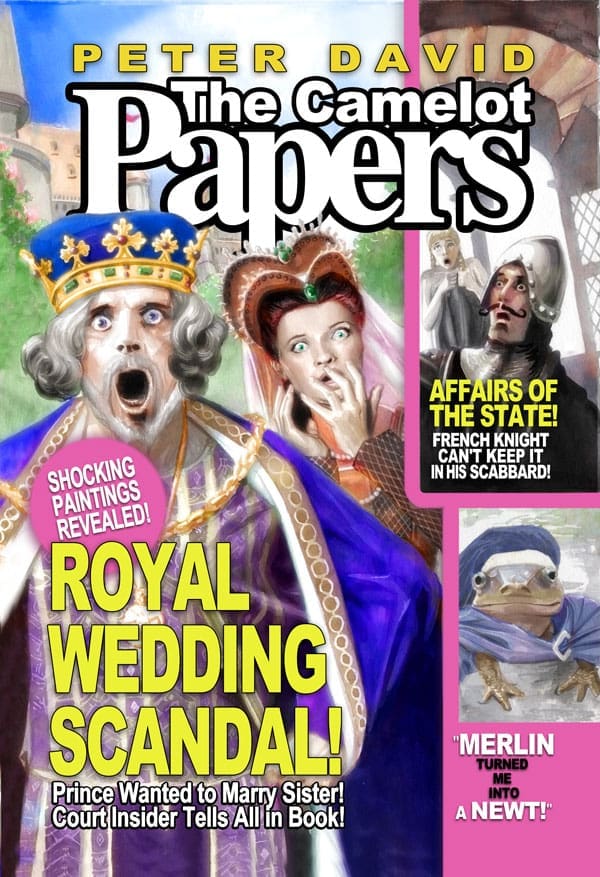
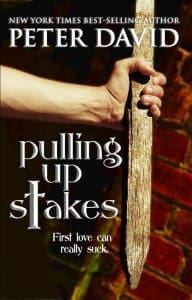
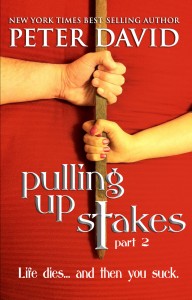
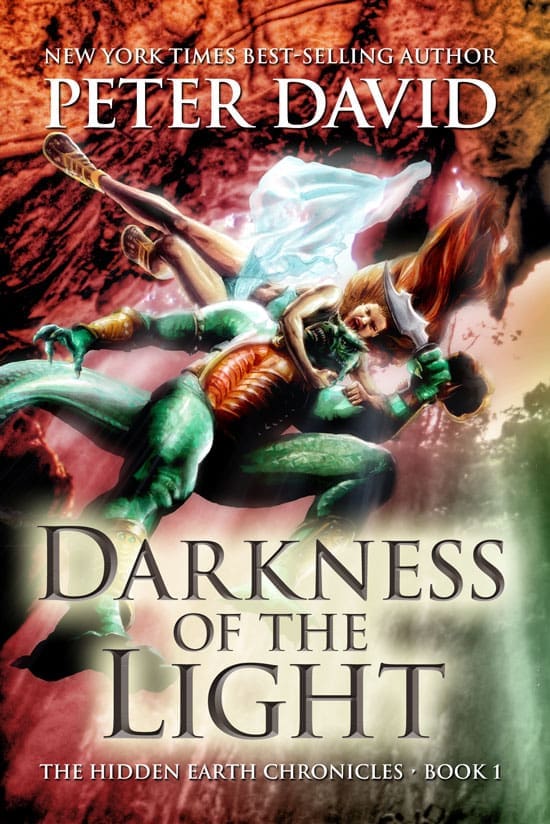
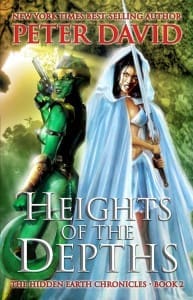
Wow – if this BID article was a woman I’d marry it. Or at least take it out on a couple of dates.
I was always amazed at the Comic Journal’s swipe file. I mean, some of them seemed to be stretching it a bit, but some were so obvious it hurt. What I can’t figure out is how folks get away with so blatently stealing (and I can’t figure out what else to call it) from other creators in this industry, and still continue to get work.
re-reading these old BiD’s after not seeing them since they were originally published makes me very nostalgic.
it always makes me very pìššëd øff all over again.
p.s. Thanks for reminding me about that Leifeld 501 commercial from back in the day! it took me a decade but i had finally managed to forget it!
Looking forward to the column that highlighted some of the Liefeld art on the Captain America reboot title.
“Operator? Operator? Why can’t I reach the operator on this phone?”
Cracks me up just thinking about it.
This gets me all misty eyed.
So did you pass the button on to Todd or was he too busy bandaging his bleeding ášš after the debate?
I remember a Dan Adkins “Dr Strange” that lifted two panels intact (with one minor change in one) from a story illustrated by “Jay Taycee” (Johnny Craig) in Warren’s Eerie and stuck them right in the middle of Adkins’s typical Wood-influenced art. (And a Virgil Finlay[esque] panel in either that or another story about the same time – i didn’t identify the Finlay original but the style was Very Clearly Identifiable…)
.
When someone asked him about those (at NyCon3, the 1967 SF WorldCon), he plaintively wondered why everyone else swipes, but he got caught. I could have told him.
.
I think Adkins had worked with Wally Wood, BTW – and i remember a quote attributed to Wood, along the lines of
(Xerox had not yet become inexpensive enough at the time for the average comic artist, i believe…)
I’m glad Liefeld was only tributing the artwork but I wish he could have taken the time to refudiate it at some point.
It was a kick to see my “entry” published. I still have my “Stickler 4 Credit” button, too!
.
There was one other example I included which wasn’t used: A Jack Kirby pose of Captain America from TALES OF SUSPENSE #61, page 8, panel 5 — a rear view shot of Cap charging through the badguys with his shield held in front of him — which Rob recycled (rather clumsily) for a panel in YOUNGBLOOD.
I remember that panel, Frank. It was Diehard running with his shield through a bunch of robots in Youngblood #4 or #5. Thought it looked familiar but hadn’t remebered where I’d seen it until now. I have to give Rob this much credit: he knows his comics. Specifically where to go digging for his swipes.